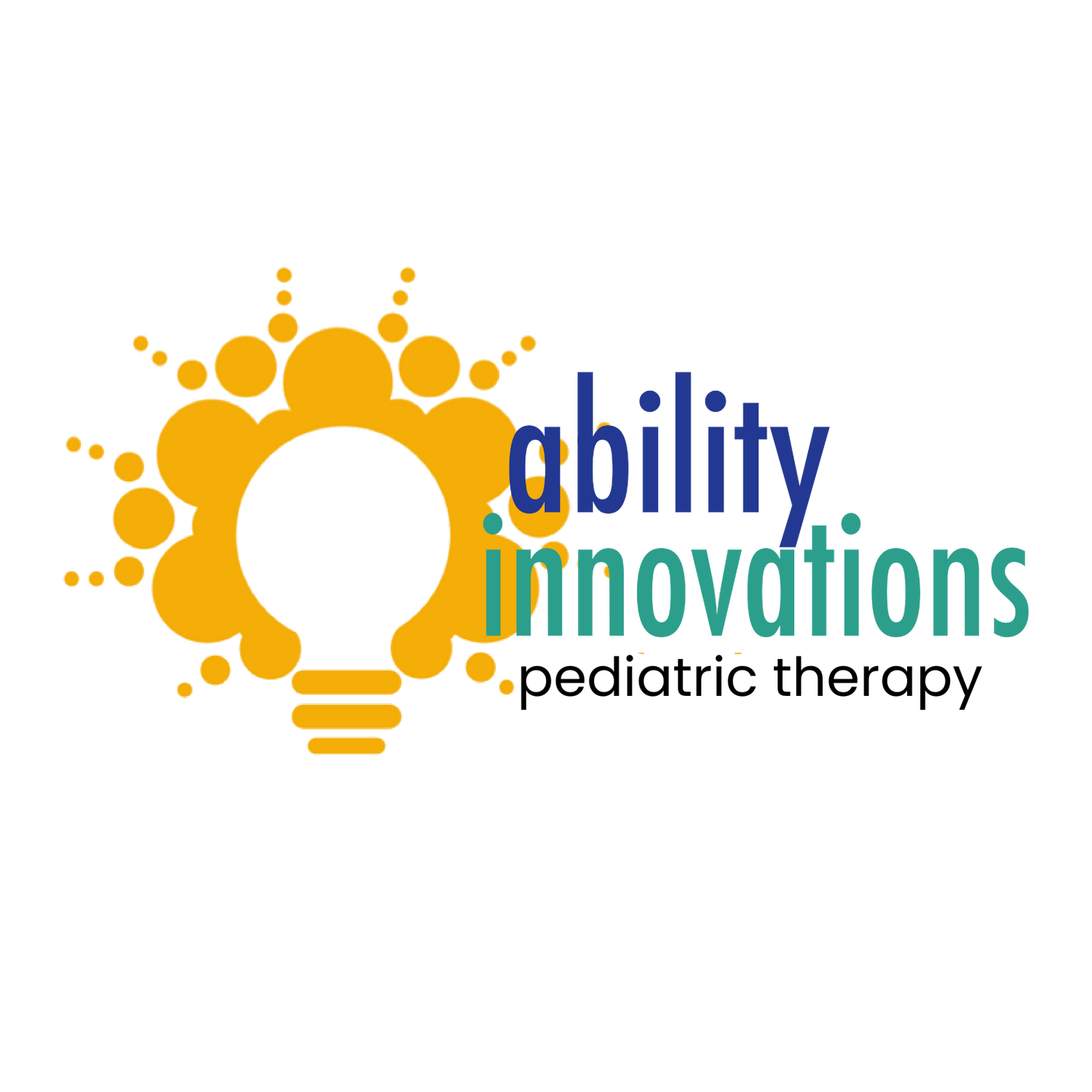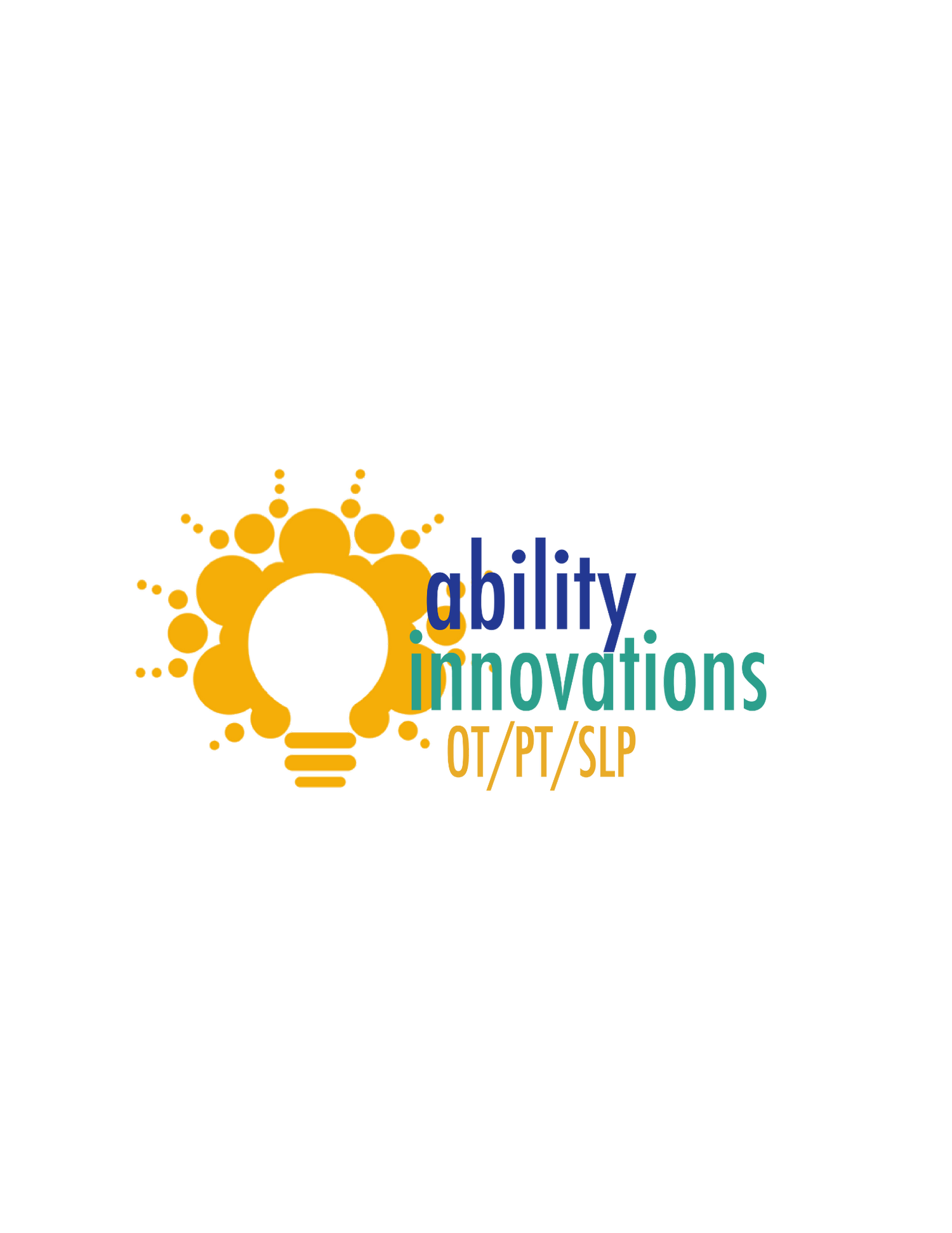The 9 Areas of Speech-Language Pathology
Mattie Marks, M.Ed., CCC-SLP
What comes to mind when you think of speech therapy? For most people, they think of speech sounds or stuttering. Maybe a child needing help saying the “r” sound or maybe helping a child who stutters. Speech -language pathologists do both of those things, but did you know there are actually 9 areas that speech-language pathologists assess and treat? Below are the big 9 aspects of communication and swallowing in our scope of practice.
1. The first area is speech sound disorders. This includes people who have difficulty saying the phonemes, or the sounds of the language. This includes articulation disorders, phonological processes or patterns, childhood apraxia of speech, and dysarthria.
2. Receptive and expressive language is the second area. Language is a set of symbols people use to communicate. Some people may have difficulty using these symbols to express themselves (expressive language) and/or difficulty understanding the symbols (receptive language). Different aspects of language include phonology (speech sounds), morphology (structure of words such as tense, number), syntax (sentence structure), semantics (meaning of words), and social aspects of communication.
3. Fluency refers to the rate, smoothness, and prosody (rhythm) of speech. Fluency includes both stuttering and cluttering.
4. Fourth is voice and resonance. A voice disorder involves difficulties with vocal pitch, loudness, or quality that differs from their age, gender, and/or culture. A resonance disorder includes differences in voice sound due to how the sound filters through the pharyngeal, oral, and nasal cavities.
5. Auditory habilitation is the fifth area. This includes communication skills that are impacted by hearing loss and deafness and auditory processing.
6. Feeding and swallowing is the sixth area. Disorders of feeding and/or swallowing include problems with the oral, pharyngeal, or esophageal phases of swallowing or atypical eating such as food selectivity. Many often wonder why speech therapists treat feeding and swallowing, as it is not an aspect of communication. Speech language pathologists get extensive education about the anatomy and physiology of the speech mechanism, which is very closely related to the anatomy and physiology of swallowing. This is how it came to be another area of expertise within the field.
7. Cognitive aspects of communication, which include things like attention, memory, problem solving, and other areas of executive functioning.
8. Social aspects of communication, which includes verbal and nonverbal communication used for social interaction that are different from an individual’s culture and community.
9. Augmentative and alternative communication (AAC), which includes modalities of communication other than speech sounds such as signs, gestures, drawing, communication boards, mid-tech and high-tech speech generating devices.
Did you know speech-language pathologists can assess and treat all of these nine areas? If you or someone you know has difficulties in one of these areas. Consider seeing a speech-language pathologist for assessment and/or treatment.



